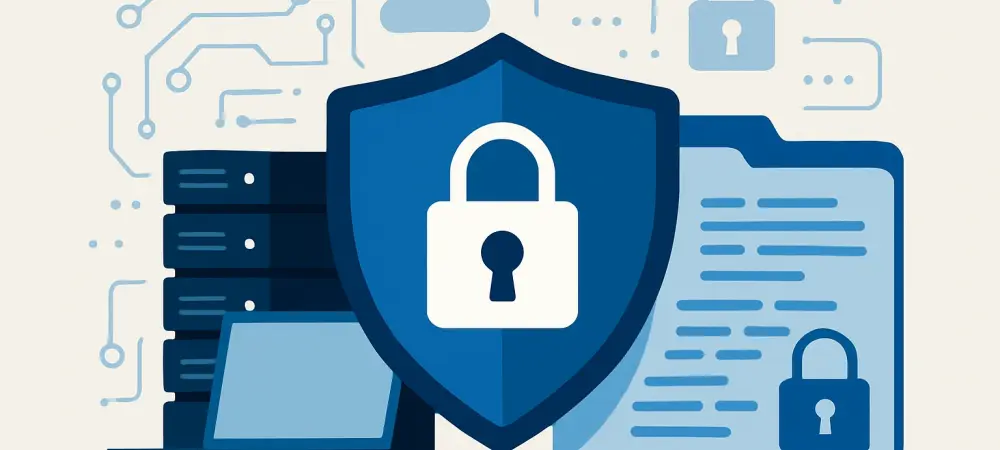I’m thrilled to sit down with Dominic Jainy, an IT professional with deep expertise in artificial intelligence, machine learning, and blockchain. With his keen interest in how cutting-edge technologies transform industries, Dominic brings a unique perspective to the latest advancements in cybersecurity. Today, we’re diving into the newly released Syteca 7.21, a platform update that promises to tackle insider risks and sensitive data protection with innovative features. Our conversation will explore how this release enhances user privacy, streamlines remote access, boosts security oversight, and improves the overall user experience through a redesigned interface. Let’s get started.
Can you give us a broad picture of what Syteca Release 7.21 offers in terms of cybersecurity advancements?
Absolutely. Syteca 7.21 is a significant step forward in addressing some of the biggest pain points in cybersecurity today. The main goal of this update is to protect sensitive data and reduce insider threats while making security tools easier to manage. It builds on Syteca’s foundation by introducing real-time data protection features, simplifying remote access for users, and providing better tools for monitoring and auditing. Compared to previous versions, this release focuses heavily on user privacy and compliance with strict regulations, which is critical for businesses in regulated industries.
Let’s dive into the Sensitive Data Masking feature. How does it function during live sessions, and what kind of impact does it have?
The Sensitive Data Masking feature is groundbreaking because it works in real time to detect and obscure confidential information like passwords, credit card details, or personal IDs as they appear on the screen during a session. Whether it’s a live interaction or a recording, the data is blurred instantly, preventing unauthorized exposure. This is a huge win for compliance with laws like GDPR or HIPAA, as it minimizes the risk of accidental data leaks. Industries like finance and healthcare, where data privacy is paramount, will see the most benefit since it directly addresses their regulatory challenges.
The Web Connection Manager seems like a big leap for remote access. Can you walk us through how it enables browser-based connections?
The Web Connection Manager is a fantastic addition because it allows users to start remote sessions—whether RDP for Windows or SSH for Linux—right from browsers like Chrome or Edge. There’s no need to install any agents or extra software, which eliminates a lot of headaches for IT teams. This agentless approach speeds up onboarding for employees and vendors and cuts down on troubleshooting time. Security-wise, these sessions are protected with robust encryption and access controls to ensure that browser-based access doesn’t become a vulnerability.
I’m intrigued by the Full-Motion Capture of On-Screen Activity. What exactly does this feature record, and why is it valuable?
This feature records everything happening during a user session—every click, cursor movement, and on-screen action is captured in a continuous video. It’s incredibly valuable for security audits and incident investigations because it provides a complete picture of what a user did, leaving no room for guesswork. For security teams, this level of detail can accelerate identifying suspicious behavior or reconstructing events after a breach. Syteca ensures these recordings are encrypted to prevent unauthorized access, and they’ve designed it to avoid noticeable impacts on system performance or user experience.
The updated user interface in this release caught my attention. What changes were made, and how do they help users?
The user interface in Syteca 7.21 has been revamped for simplicity and efficiency. They’ve gone for a cleaner look with less clutter on the screen, while keeping the navigation familiar so users don’t feel lost. This redesign makes it quicker to find critical information or perform routine security tasks, which saves time for busy IT and security teams. I believe this update was shaped by user feedback, ensuring the design aligns with what people actually need in their daily workflows.
The CEO of Syteca mentioned enhanced visibility and control in this release. Can you unpack what that means for organizations?
What he’s getting at is how this release empowers security teams to see and manage what’s happening within their systems more effectively. Features like live data masking and full-motion session recordings give teams a clear view of user actions and data interactions, which is crucial for spotting anomalies or risks. On the control side, browser-based access and streamlined tools reduce the burden on IT staff by cutting down on manual tasks and overhead. Ultimately, it’s about making security more proactive and less reactive, while also easing the workload for organizations.
Looking ahead, what is your forecast for the future of cybersecurity tools like Syteca in addressing evolving threats?
I think we’re going to see cybersecurity tools become even more integrated with artificial intelligence and automation to predict and prevent threats before they happen. Platforms like Syteca will likely evolve to offer deeper behavioral analysis, using machine learning to flag unusual user patterns in real time. There’s also going to be a stronger push toward zero-trust architectures, where no user or device is inherently trusted, and features like data masking or session recording will become standard. As threats grow more sophisticated, I expect these tools to focus heavily on balancing robust security with seamless user experiences, ensuring protection doesn’t hinder productivity.

